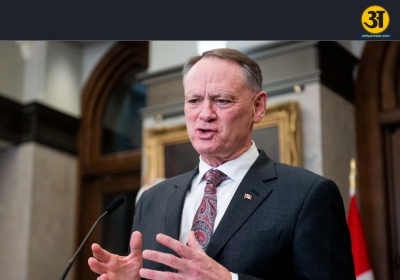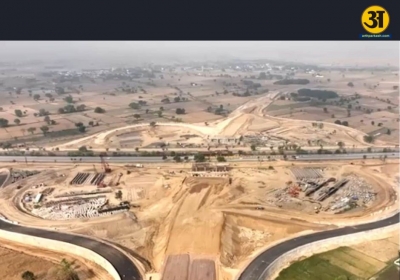
a pair of Russian Su-35 fighter jets fly in the sky in Russia
Russian helicopters are being stationed in Ukraine
US intelligence predictions of a surge, the number of Russian troops at Ukraine’s border has remained stable in recent weeks, but US officials say President Vladimir Putin has begun moving military helicopters into position, possibly indicating that plans for an attack are still in the works.
Additional Russian troops were scheduled to stream toward the Ukrainian border in December and early January, bringing the total force to 175,000. While troop movements have slowed, US sources say there are still 100,000 military people along the border, and the Russians have also deployed additional assault planes. Should Putin chose to invade Ukraine, attack and transport helicopters, as well as ground assault fighter jets, would constitute a crucial Russian advantage.
Temperatures that will freeze the ground — allowing for easy movement of heavy vehicles and equipment — before a spring thaw, which may occur as early as March, produce a muddy quagmire, according to US officials.
However, officials claim that a mild winter has retarded the freezing of the ground, and Putin’s deadline for sending his soldiers has been pushed out until the spring. In many parts of Ukraine, the harsh winter freeze that usually occurs in January has not occurred. According to top government insiders, if the ground stays muddy, Putin may be obliged to postpone a ground operation until February at the earliest.
According to a US official, the Biden administration has engaged meteorologists to look more closely at the expected weather in Ukraine in the next weeks to get a better idea of possible conditions this year.
Officials interviewed for this piece requested anonymity in order to share sensitive and secret assessments of Russian military movements as well as American efforts to learn about them.
On Friday, however, Secretary of State Antony Blinken warned reporters at the State Department that “real progress will be very difficult, if not impossible, in a climate of Russian escalation.” Sherman told reporters after eight hours of negotiations with the Russians that no such de-escalation had occurred, and that the conversations had only been “a dialogue, a better understanding of one other and each other’s interests.”





